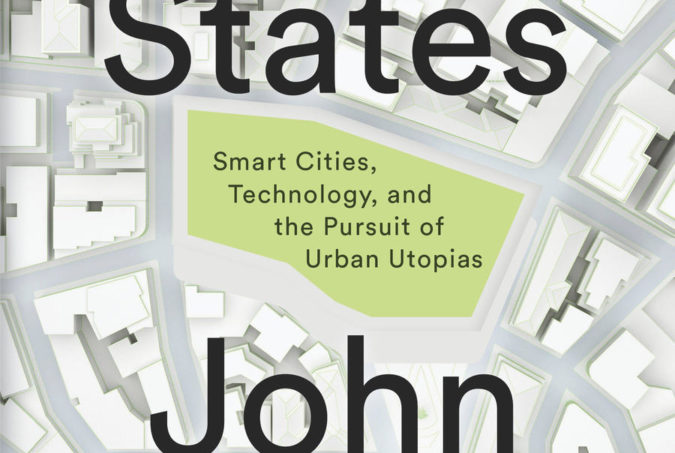Information systems (IS), according to my Information Systems, Services, and Design professor, are not technology dependent. They are what people use to gather, store, process, use, and spread information. They are used to enable processes or solve problems, and they aren’t technology dependent. People, he says, have creative and adaptive relationships with information systems. The history of information systems is the history of growing cities and transactional record keeping. Information and communication technologies (ICTs), however, are technology dependent. They are the bits and pieces of hardware and software that we use to execute information systems, and our relationships with them are instinctively dysfunctional. ICTs are computers and telephones and social media, but they are also ships and artillery, and their history is the history of power relationships.
Our relationships to Information Systems and Information and Communication Technologies Are Not the Same
